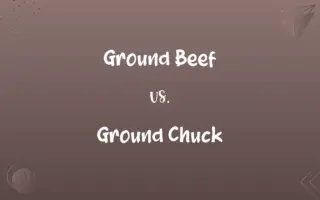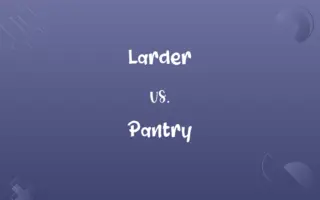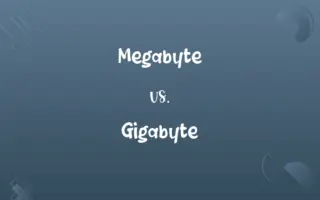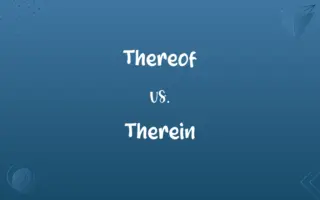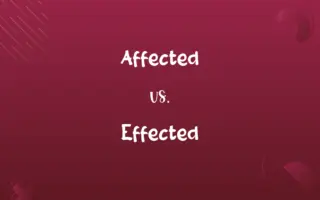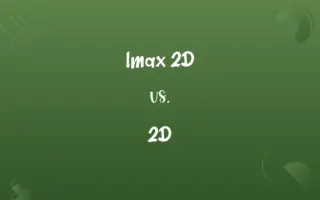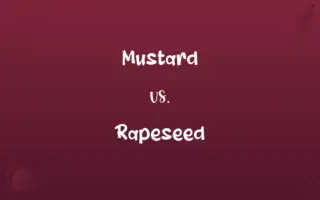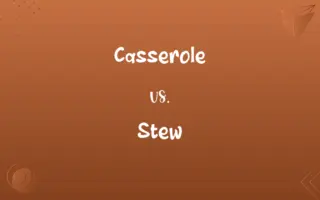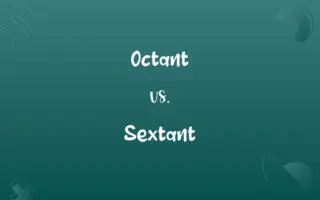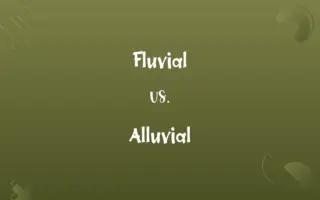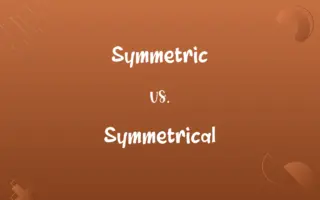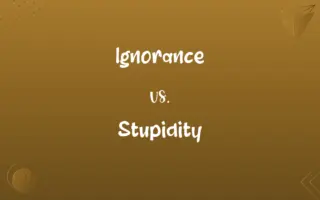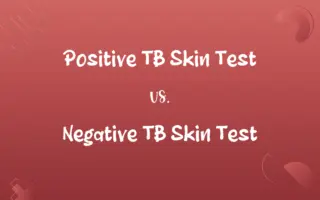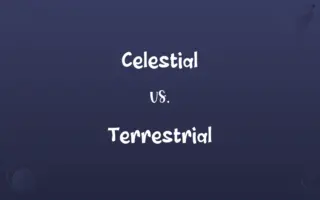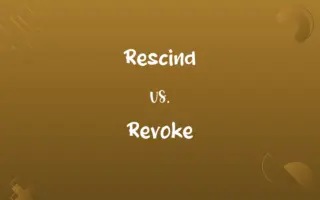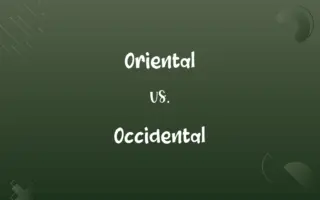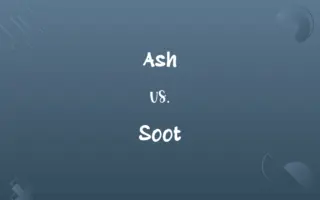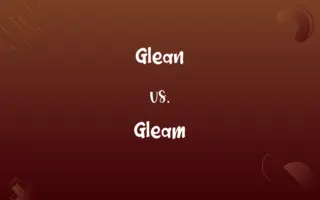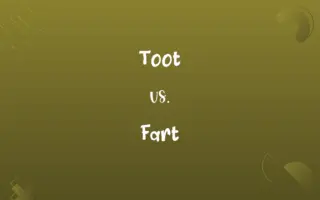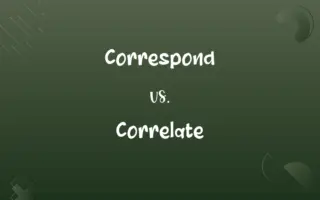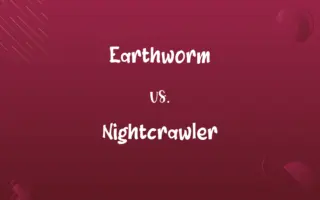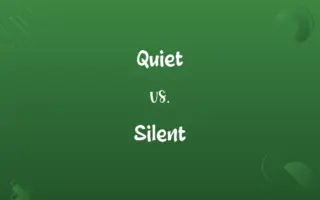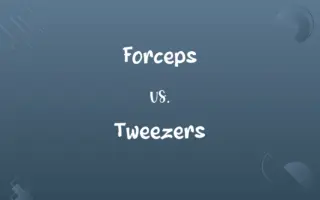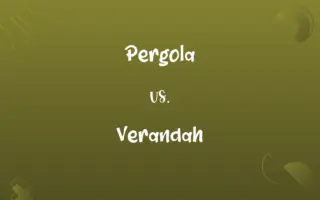Hay vs. Silage: Know the Difference

By Dua Fatima & Hifza Nasir || Published on June 19, 2024
Hay is dried grass used for animal feed, preserving most nutrients through air drying; silage is fermented, stored in an anaerobic environment, and retains more moisture and feed value.

Key Differences
Hay is made by cutting and drying grass, legumes, or other herbaceous plants to preserve and store them as feed for animals. The process focuses on reducing moisture content to prevent spoilage, typically to below 20%. This method retains the nutritional value of the plants but requires dry conditions for processing. On the other hand, silage involves a fermentation process where cut green fodder is compacted and stored in airtight conditions, often in silos, pits, or wrapped bales. This process allows the feed to retain more moisture, usually between 40-60%, and results in a product that can be stored for a longer period without significant nutrient loss.
Hifza Nasir
Jun 19, 2024
While hay production is highly dependent on weather conditions, as it requires sufficient dry periods to cure properly without molding, silage production can be more controlled. Silage making allows for harvesting under a wider range of weather conditions since the airtight storage protects the feed from spoiling. This makes silage a more reliable feed source in regions with unpredictable or humid weather.
Dua Fatima
Jun 19, 2024
Hay tends to have a lower risk of listeriosis, botulism, or other diseases associated with poor fermentation or spoilage, given its dry nature and lower pH. Conversely, silage, due to its higher moisture content and anaerobic storage conditions, can sometimes harbor bacteria if not properly fermented, posing a risk of disease to livestock if contaminated.
Dua Fatima
Jun 19, 2024
Nutritionally, hay can lose a significant amount of vitamins during the drying process, especially vitamin E and carotene, which are important for animal health. Silage, however, due to its preservation method, typically retains a higher level of vitamins and can provide a more nutritious feed option with a proper balance of moisture and fermentation.
Hifza Nasir
Jun 19, 2024
The choice between hay and silage often comes down to farm management practices, available storage facilities, and the specific nutritional needs of the livestock. Hay is generally easier to handle and requires less investment in storage facilities. In contrast, silage can offer a higher nutritional value and is less susceptible to weather conditions during harvesting, but it requires more initial investment in storage and careful management to avoid spoilage.
Dua Fatima
Jun 19, 2024
ADVERTISEMENT
Comparison Chart
Weather Dependency
High, needs dry weather
Low, can be made in varied weather conditions
Dua Fatima
Jun 19, 2024
Nutritional Retention
Loses some vitamins during drying
Higher vitamin retention due to fermentation
Dua Fatima
Jun 19, 2024
Risk of Spoilage
Lower, if stored properly
Higher, if fermentation or storage fails
Dua Fatima
Jun 19, 2024
ADVERTISEMENT
Hay and Silage Definitions
Hay
Dried grass or plants fed to livestock.
The farmer stocked the barn with hay for the winter.
Dua Fatima
Mar 05, 2024
Silage
High-moisture feed option.
Silage provides a moist diet that is preferred by many types of livestock.
Dua Fatima
Mar 05, 2024
Hay
Grass that has been mown and dried for use as fodder.
They made hay while the sun shone, filling the loft to the brim.
Dua Fatima
Mar 05, 2024
Silage
Moist, compacted feed stored under anaerobic conditions.
They packed the silage into the silo to ferment.
Dua Fatima
Mar 05, 2024
Hay
A source of sustenance for herbivores.
The rabbits nibbled on hay throughout the day.
Dua Fatima
Mar 05, 2024
ADVERTISEMENT
Silage
Agricultural produce involving fermentation.
The farm's silage was known for its high quality and nutritional value.
Hifza Nasir
Mar 05, 2024
Hay
Material used for bedding and feeding animals.
We spread hay in the stables for the horses to sleep on.
Hifza Nasir
Mar 05, 2024
Silage
Fermented, stored fodder for livestock.
The silage was prepared to feed the cows through winter.
Dua Fatima
Mar 05, 2024
Hay
A farm product, typically stored in bales.
The field yielded fifty bales of hay this season.
Dua Fatima
Mar 05, 2024
Silage
A method of preserving green fodder.
Silage making is essential for maintaining livestock nutrition year-round.
Hifza Nasir
Mar 05, 2024
Hay
Grass or other plants, such as clover or alfalfa, cut and dried for fodder.
Dua Fatima
Mar 05, 2024
Silage
Fodder prepared by compressing and fermenting green forage crops under anaerobic conditions, usually in a silo.
Dua Fatima
Mar 05, 2024
Silage
Fodder harvested while green and kept succulent by partial fermentation as in a silo
Shumaila Saeed
Mar 05, 2024
Repeatedly Asked Queries
What is silage?
Silage is fodder made from green vegetation that is cut and fermented in an anaerobic environment to be used as livestock feed.
Dua Fatima
Jun 19, 2024
How is silage produced?
Silage is produced by compacting cut green fodder into a storage area like a silo, pit, or wrapped bale, where it ferments in the absence of oxygen.
Hifza Nasir
Jun 19, 2024
What are the main differences between hay and silage?
The main differences include moisture content, production process, nutritional retention, and risk of spoilage.
Dua Fatima
Jun 19, 2024
How is hay made?
Hay is made by cutting plants and drying them in the sun to reduce their moisture content to below 20%.
Dua Fatima
Jun 19, 2024
Is hay suitable for all types of livestock?
Hay can be fed to most herbivores, but the specific nutritional needs should be considered.
Hifza Nasir
Jun 19, 2024
Can silage spoil?
Yes, if not properly fermented or stored, silage can spoil and become harmful to livestock.
Hifza Nasir
Jun 19, 2024
What is hay?
Hay is grass, legumes, or other plants that have been cut, dried, and stored for use as animal feed.
Hifza Nasir
Jun 19, 2024
What nutritional losses occur in hay?
Hay loses some vitamins during the drying process, especially vitamin E and carotene.
Hifza Nasir
Jun 19, 2024
What storage is required for hay?
Hay needs to be stored in a dry place to prevent spoilage and maintain its nutritional value.
Hifza Nasir
Jun 19, 2024
Which is better for livestock, hay or silage?
The choice depends on the specific nutritional needs of the livestock, storage capabilities, and weather conditions.
Shumaila Saeed
Jun 19, 2024
Can hay production be affected by weather?
Yes, hay requires dry conditions for curing and can spoil if rained on during the drying process.
Dua Fatima
Jun 19, 2024
How does silage retain more nutrients?
The fermentation process in silage helps retain higher levels of moisture and vitamins.
Dua Fatima
Jun 19, 2024
Why is silage preferred in humid climates?
Silage can be made in more varied weather conditions and is less dependent on dry weather for production.
Dua Fatima
Jun 19, 2024
What are the risks of feeding silage?
Risks include potential for bacterial contamination if the silage is not properly made or stored.
Dua Fatima
Jun 19, 2024
What storage is required for silage?
Silage requires airtight conditions to ensure the fermentation process occurs correctly and to prevent spoilage.
Dua Fatima
Jun 19, 2024
Share this page
Link for your blog / website
HTML
Link to share via messenger
About Author
Written by
Dua FatimaCo-written by
Hifza Nasir